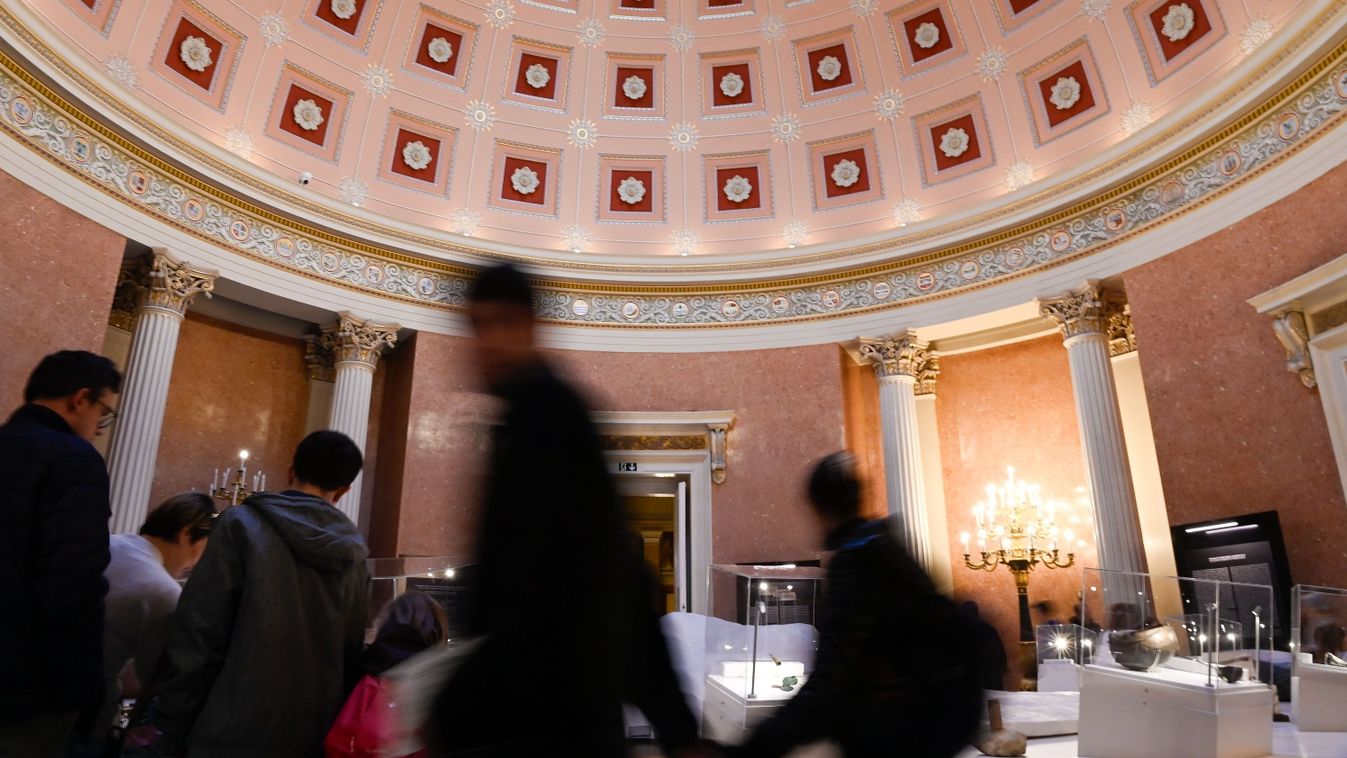According to the announcement, the volume, published under the auspices of the museum, was compiled by Balázs Mészáros, Joseph Rosta, and Judit Vinci.
As they write, the MNM building occupies a special place in national memory and in the history of Hungarian museology. As one of the famous sites of the revolutionary events of March 15, 1848, it is a symbol of freedom and patriotism, and as the first domestic museum building, it serves the development of national science and culture.
In the past more than one hundred and seventy-five years, it has hosted sessions of the National Assembly, funerals of respected politicians and artists have been held here, and crowds of protesters and revelers from different eras have flocked here, as they recall in an announcement.
In addition to the social and political functions associated with the building, the Museum Palace was an exhibition site for nearly two centuries, and a center for archaeological and historical research, but under the organization of the Hungarian National Museum and the Széchenyi National Library. The Hungarian Museum of Natural History operated here until the end of the twentieth century, and for a quarter of a century. Roughly speaking, the Holy Crown and coronation insignia were kept in the building.
The museum palace still maintains its original appearance, layout and décor, although its interior design has changed a lot since its delivery in 1847. The transformations stemmed from changing aesthetic ideas on the one hand, and functional needs on the other.
The Hungarian National Museum has been publishing magazines and books since 1873. The announcement said that as of 2021, the institution's publishing and publication activities have been revamped both in terms of content and appearance.












































